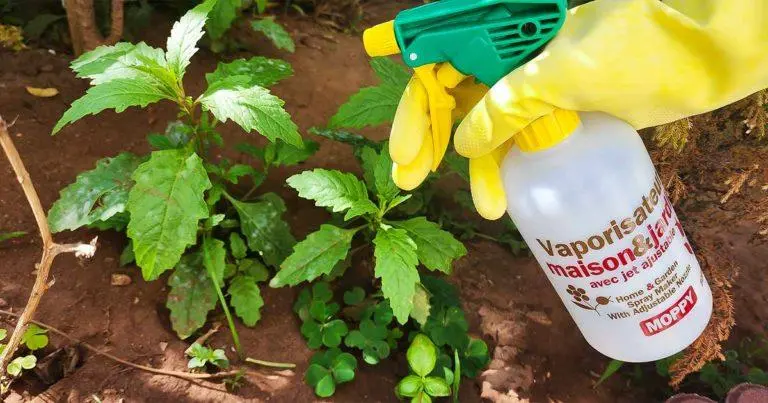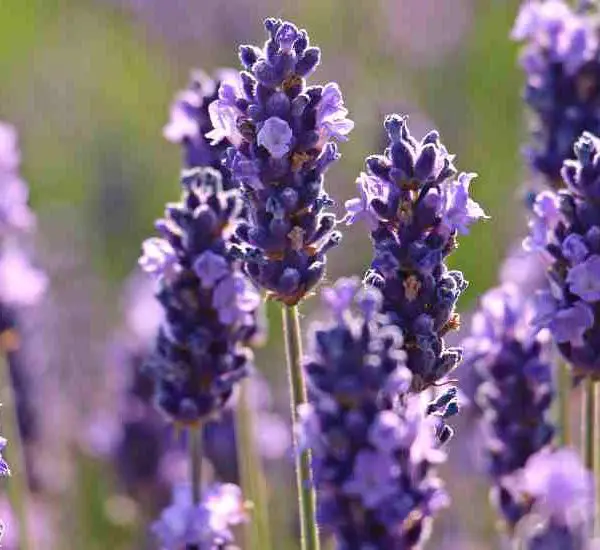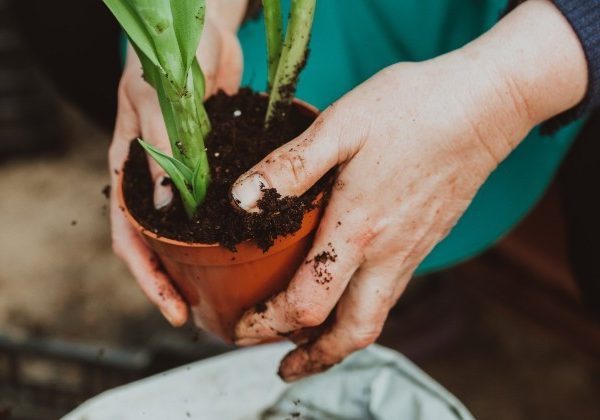If you’re facing the challenge of persistent weeds in your garden, there’s good news! You can combat these unwelcome plants using natural ingredients readily available at home—baking soda and white vinegar. Follow this simple recipe to transform your green space into a flourishing garden.
Why Choose Eco-Friendly Weed Control?
Weeds, though seemingly harmless, can adversely affect the health and vitality of your plants, flowers, and vegetables. They compete for space and nutrients in the soil, diminishing the beauty of your garden. Rather than resorting to aggressive chemical weedkillers that can harm both you and the environment, opt for natural methods like baking soda and vinegar. These ingredients pose no health risks, safeguarding your plants and maintaining a healthy environment.
How to Make a Natural Weed Killer with Baking Soda?

Baking soda, also known as sodium bicarbonate, acts as a potent natural weed killer. Its phytotoxic properties hinder plant growth by absorbing water from the cells, leading to the dehydration and eradication of unwanted plants.
Here’s how to use it:
- Water the weeds: Wet the weeds to help the baking soda adhere to both the foliage and soil.
- Apply baking soda: Sprinkle about a teaspoon of baking soda on each targeted weed, ensuring complete coverage.
- Repeat if needed: If there are no visible results after a few days, such as wilting or browning of the foliage, repeat the procedure.
- Pathways: For weeds in garden paths, sprinkle baking soda between the tiles to prevent their growth.
Note: It’s advisable to use this method away from your lawn and other plantings. Additionally, refrain from planting anything in the treated area until rain has washed away the baking soda.
How to Make Homemade Weed Killer with White Vinegar?

White vinegar contains acetic acid, which can burn weed foliage, causing them to weaken and eventually die. It is particularly effective against young broad-leaved weeds.
Here’s how to use it:
- Prepare the solution: Pour 2 cups of white vinegar into a spray bottle.
- Add dishwashing liquid: Mix in 2 tablespoons of dishwashing liquid to help the spray adhere to the leaves and break down their protective layer.
- Spray on weeds: Apply the solution directly to weeds, avoiding contact with precious plants.
- Wait before planting: Although vinegar breaks down quickly in the soil, it’s recommended to wait a week before planting anything in areas sprayed with vinegar.
Grandma’s Recipe to Kill Weeds

Mixing white vinegar and baking soda provides a dual-action solution to repel weeds—burning leaves and dehydrating plants at the roots.
Here’s how to do it:
- Mix ingredients: Combine 1 part baking soda with 2 parts vinegar.
- Add dishwashing liquid: Pour the baking soda into a sprayer, add the vinegar, and then a tablespoon of dishwashing liquid.
- Chemical reaction: Close the sprayer and shake it to initiate a chemical reaction.
- Spray on weeds: Apply the solution generously on weeds.
Note: Another method is to sprinkle baking soda on the weeds and then spray them with white vinegar, causing a chemical reaction directly on the unwanted plants. Allow it to act, and repeat if necessary. Keep in mind that you won’t be able to plant anything for a significant period after using this method.
Additional Practices for Effective Weed Control
Apart from using the natural weed control product, consider implementing these practices in your garden:
- Hand weeding: Pull surface weeds by hand, reserving baking soda and vinegar for deeply rooted weeds.
- Regular mowing: Keep your lawn at a height of 7.5 to 8 cm to prevent weeds and cut them before they go to seed.
With these natural methods and useful practices, reclaiming your garden from weeds becomes an eco-friendly and effective endeavor. Enjoy your time in the garden without the intrusion of unwanted plants!



